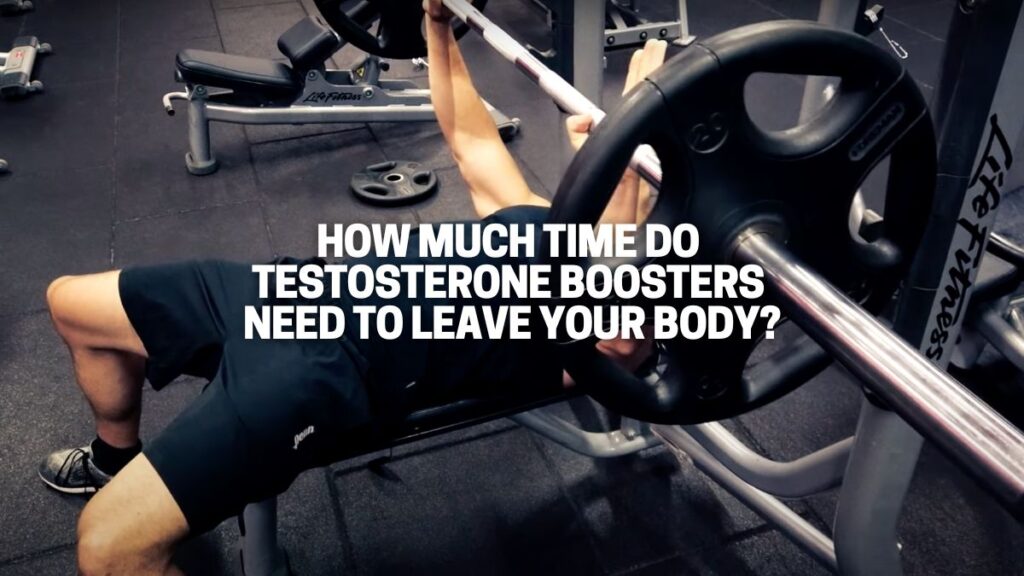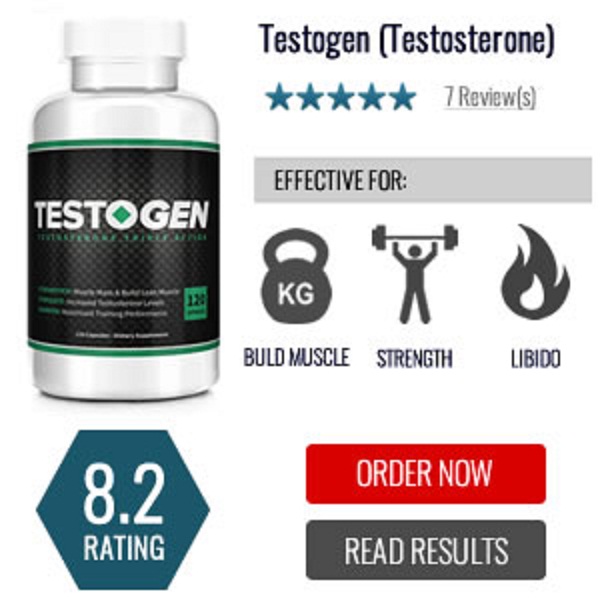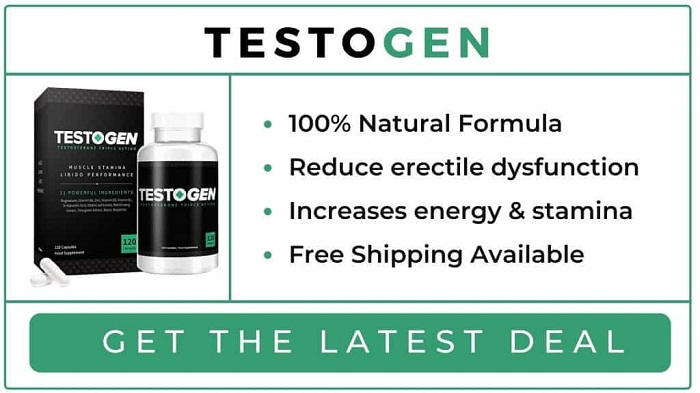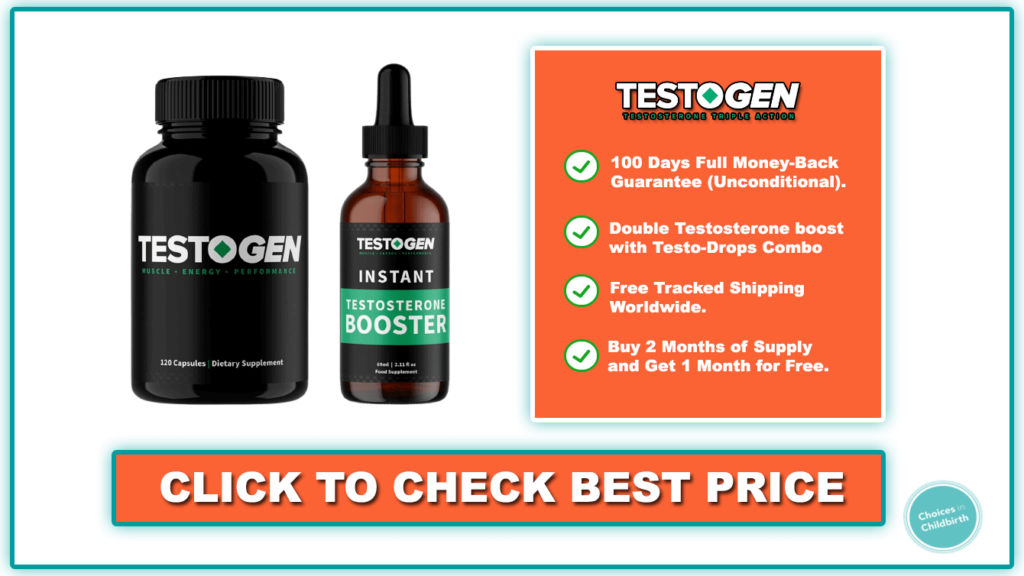Testosterone Half-Life
Contents
- 1 Testosterone Half-Life
- 2 Testosterone
- 3 Hormonal Symphony
- 4 The Essence of Testosterone Half-Life
- 5 Influential Factors in Testosterone Half-Life
- 6 Testosterone Replacement Therapy (TRT):
- 7 Esters Unveiled: A Closer Look
- 8 Clinical Nuances of Testosterone Half-Life
- 9 Challenges and Adaptive Strategies
- 10 Testosterone in Women: A Paradigm Shift
- 11 Conclusion
- 12 Faqs
- 13 What is testosterone half-life?
- 14 How does the choice of testosterone ester impact half-life?
- 15 What role does the administration method play in testosterone half-life?
- 16 Why is testosterone half-life important in testosterone replacement therapy (TRT)?
- 17 How do fluctuations in testosterone levels, influenced by half-life, impact the body?
- 18 Are there differences in the half-life of testosterone between men and women?
- 19 Can testosterone half-life be influenced by lifestyle factors?
- 20 What happens if testosterone is administered too frequently or infrequently based on its half-life?
- 21 Is there an ideal testosterone half-life for everyone, or does it vary?
- 22 How often should testosterone levels be monitored in individuals undergoing testosterone replacement therapy?
Testosterone, the quintessential androgen, orchestrates a symphony of physiological processes critical to both male and female health. The intricate dance of this steroid hormone within the human body involves not only its biosynthesis but also an understanding of its half-life – a key concept that unveils the pharmacokinetic nuances, clinical applications, and the delicate balance it maintains.
Testosterone
At its core, testosterone is more than just the hormone responsible for male secondary sexual characteristics. It is a versatile player in the endocrine system, influencing everything from bone density and muscle mass to energy levels and mood regulation. In women, though present in smaller amounts, it contributes significantly to overall well-being.
Hormonal Symphony
The orchestration of testosterone production involves a precise interplay between the hypothalamus, pituitary gland, and testes. Gonadotropin-releasing hormone (GnRH) signals the pituitary to release luteinizing hormone (LH) and follicle-stimulating hormone (FSH), setting the stage for testosterone production in the Leydig cells.
The Essence of Testosterone Half-Life
Understanding the half-life of testosterone is akin to deciphering the rhythm of its presence in the body. Defined as the time it takes for the concentration to reduce by half, the half-life influences dosing schedules, treatment efficacy, and the overall stability of hormonal levels.
Influential Factors in Testosterone Half-Life
- Administration Variability: The method of testosterone administration dictates its bioavailability. Intramuscular injections, transdermal patches, and oral formulations each come with their own set of kinetics, impacting the hormone’s half-life.
- EsterVariations: Testosterone esters, including enanthate, cypionate, and propionate, introduce an additional layer of complexity. Their distinct half-lives influence the frequency of dosing, allowing for personalized treatment plans.
- Individual Variability: Age, genetics, metabolism, and overall health contribute to the individualistic response to testosterone. Recognizing these variables helps tailor treatments to specific needs.
Testosterone Replacement Therapy (TRT):
TRT, designed to address hypogonadism or low testosterone levels, underscores the practical application of understanding testosterone half-life. Tailoring replacement doses based on half-life ensures a sustained and steady release, minimizing side effects and optimizing therapeutic outcomes.
Esters Unveiled: A Closer Look
- Testosterone Enanthate: With a half-life of 4.5 to 5 days, enanthate provides a sustained release, making it suitable for less frequent injections.
- Testosterone Cypionate: Sharing a comparable half-life of 7 to 8 days, cypionate offers a balance between sustained release and reduced injection frequency.
- Testosterone Propionate: Its shorter half-life of 2 to 3 days demands more frequent injections but promises a quicker onset of action, potentially appealing to those seeking rapid effects.
Clinical Nuances of Testosterone Half-Life
- Steady Hormonal Equilibrium: A fundamental goal in TRT is to maintain stable testosterone levels. Understanding half-life aids healthcare providers in crafting regimens that achieve therapeutic goals while minimizing the risk of side effects.
- Navigating Peaks and Troughs: Fluctuations in testosterone levels, especially pronounced peaks and troughs, may contribute to side effects. Tailoring dosages based on half-life dynamics minimizes these fluctuations.
Challenges and Adaptive Strategies
- Individualistic Responses: The spectrum of individual responses to testosterone replacement necessitates an adaptive approach. A continuous dialogue between healthcare providers and patients allows for adjustments in dosage and frequency based on individual factors.
- Continuous Monitoring: Regular monitoring through blood tests becomes the compass guiding healthcare providers to assess treatment efficacy and make necessary adjustments to the TRT blueprint.
Testosterone in Women: A Paradigm Shift
Contrary to traditional associations, testosterone in women is a vital contributor to overall health. Managing conditions such as hypoandrogenism demands a nuanced understanding of testosterone dynamics, including its half-life, to optimize treatment outcomes.
Conclusion
In the exploration of testosterone half-life, we have traversed the intricate pathways of a hormone that goes beyond its stereotypical roles. From the foundational insights into testosterone’s multifaceted influence on both male and female physiology to the regulatory symphony conducted by the endocrine system, every revelation adds depth to our comprehension of this pivotal hormone.
Understanding testosterone half-life emerges as a linchpin, guiding us through the maze of administration methods, ester variations, and individualistic responses. It is the compass in the realm of Testosterone Replacement Therapy (TRT), where precision in dosing schedules aligns with the goal of maintaining stable hormonal equilibrium while minimizing the peaks and troughs that might lead to undesirable side effects.
The diverse esters – enanthate, cypionate, and propionate – offer a spectrum of options, each with its unique half-life, allowing healthcare providers to tailor treatments to individual needs. This nuanced approach not only optimizes therapeutic outcomes but also addresses the challenges posed by the variability in individual responses.
Challenges and adaptive strategies underscore the dynamic nature of testosterone replacement, acknowledging that a one-size-fits-all approach may not suffice. Continuous monitoring through blood tests becomes the beacon, guiding healthcare providers and patients alike in the fine-tuning of treatment plans.
As we broaden the scope to include the often-overlooked role of testosterone in women, the paradigm shifts. Recognizing the importance of this hormone in female health necessitates an understanding of its dynamics, including half-life, to ensure effective management of conditions like hypoandrogenism.
In conclusion, the road ahead in testosterone research and therapeutics is paved with the promise of personalized and nuanced interventions. The concept of testosterone half-life serves not only as a scientific guide but as a testament to the evolving landscape of healthcare. As we continue to unravel the complexities of hormonal equilibrium, armed with knowledge and adaptability, we are better poised to optimize health outcomes for individuals across the diverse spectrum of hormonal needs.
Faqs
What is testosterone half-life?
Testosterone half-life refers to the time it takes for the concentration of testosterone in the bloodstream to decrease by half. It is a crucial parameter in understanding how long the hormone remains active in the body.
How does the choice of testosterone ester impact half-life?
Different testosterone esters, such as enanthate, cypionate, and propionate, have distinct half-lives. This impacts the duration of hormonal activity and influences the frequency of dosing in hormone replacement therapies.
What role does the administration method play in testosterone half-life?
The method of administration, whether through injections, transdermal patches, or oral formulations, affects the bioavailability and, consequently, the half-life of testosterone.
Why is testosterone half-life important in testosterone replacement therapy (TRT)?
In TRT, maintaining stable testosterone levels is crucial for therapeutic effectiveness while minimizing side effects. Understanding half-life helps in designing appropriate dosing schedules.
How do fluctuations in testosterone levels, influenced by half-life, impact the body?
Fluctuations, especially peaks and troughs in testosterone levels, can contribute to side effects like mood swings and energy fluctuations. Managing these fluctuations is a key consideration in hormone replacement.
Are there differences in the half-life of testosterone between men and women?
While the fundamental principles of testosterone half-life apply to both genders, variations in physiology may lead to differences in the actual duration. Monitoring and adjusting treatments are essential for both men and women.
Can testosterone half-life be influenced by lifestyle factors?
Yes, lifestyle factors such as diet, exercise, and overall health can influence the metabolism of testosterone, potentially affecting its half-life in an individual.
What happens if testosterone is administered too frequently or infrequently based on its half-life?
Too frequent administration may lead to elevated and potentially harmful testosterone levels, while infrequent dosing may result in insufficient hormonal levels for therapeutic benefits.
Is there an ideal testosterone half-life for everyone, or does it vary?
The ideal testosterone half-life varies among individuals due to factors like metabolism, age, and genetics. Tailoring hormone replacement regimens to individual needs is essential.
How often should testosterone levels be monitored in individuals undergoing testosterone replacement therapy?
Regular monitoring through blood tests is recommended to assess the effectiveness of TRT and make necessary adjustments to dosage and frequency, ensuring hormonal levels are within the therapeutic range.



